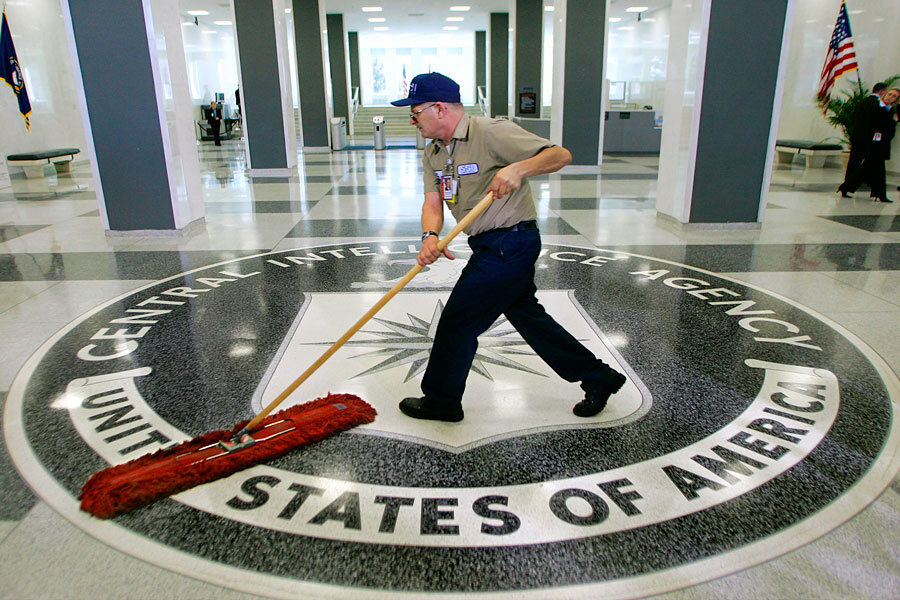The Senate report takes great issue with claims that the intelligence gleaned from enhanced interrogation techniques helped to save US lives. Again and again, the report found that when subjected to these torture techniques, CIA detainees said whatever their captors wanted to hear. This meant faulty intelligence and wasted time for US intelligence officers tracking down false leads.
“Detainees provided fabricated information on critical intelligence issues, including the terrorist threats which the CIA identified as its highest priorities,” the report found.
CIA officers themselves “regularly called into question whether the CIA’s enhanced interrogation techniques were effectively assessing that the use of the techniques failed to elicit detainee cooperation or produce accurate intelligence.”





